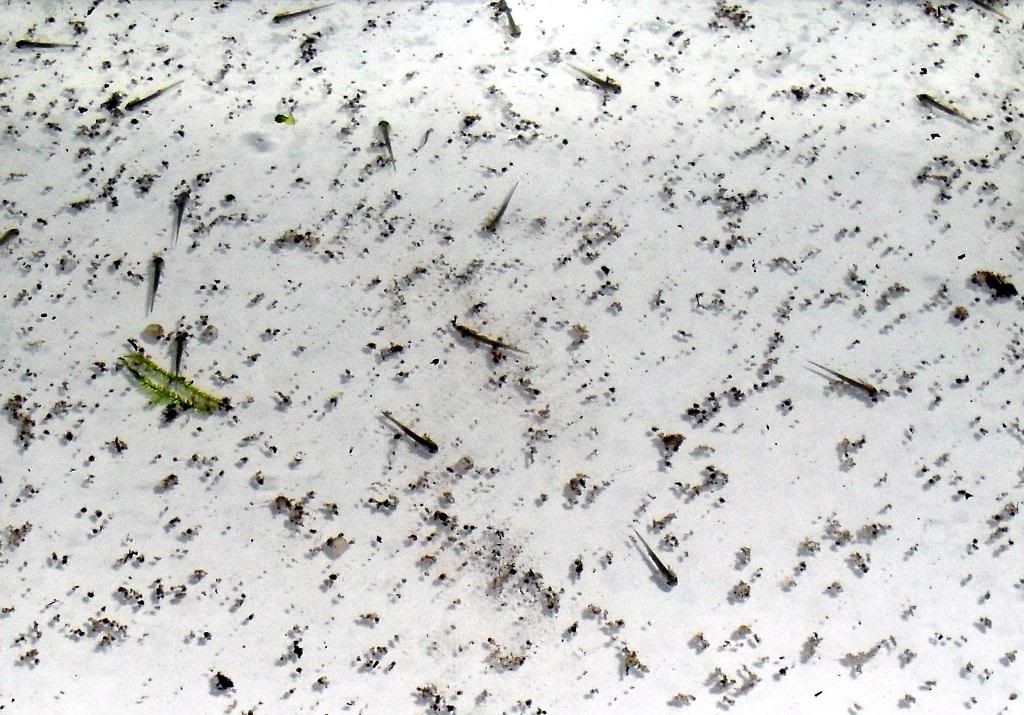SludgeMunkey
New member
- Joined
- Nov 11, 2008
- Messages
- 2,299
- Reaction score
- 101
- Points
- 0
- Location
- Bellevue, Nebraska
- Country
- United States
- Display Name
- Johnny O. Farnen

They look much darker in this picture due to the flash. They are actually kind of a light mustard color with the slightest hint of black speckling. I really need to break down and buy a real camera one of these days.


